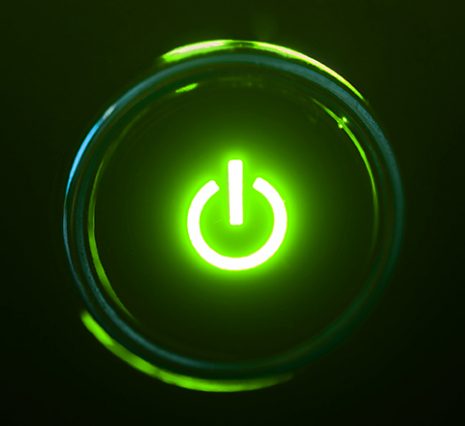Empowering your Structured Cabling

Power over Ethernet or PoE, is a network feature that allows electrical power to travel through an existing data connection with an Ethernet cable, delivering DC power to Powered and IP-enabled devices. Providing a convenient and cost-effective approach to deliver both power and data connectivity over a single connection. Since PoE was first standardized in 2003, providing up to 15W of DC power, it has never stopped. In 2019 it can now support up to 90W from the power source (71W at the powered device), often referred to as 4-Pair PoE or 4PPoE.
- Time and cost savings – by reducing the time and expense of having electrical power cabling installed. Network cables do not require a qualified electrician to fit them, and can be located anywhere.
- Flexibility – without being tethered to an electrical outlet, devices can be located wherever they are needed, and easily re-positioned.
- Safety – The PoE standard incorporates a number of measures to ensure its safe operation, both to protect legacy equipment from damage and to protect users from the hazards of electrical power.
- Reliability – PoE power comes from a central and universally compatible source, rather than a collection of distributed wall adapters. It can be backed-up by an uninterruptible power supply or controlled to easily disable or reset devices.
- Scalability – having power available on the network means that installation and distribution of network connections is simple and effective.
However, with Power comes responsibility.
In addition to the PoE standards, such as IEEE 802.3bt, we also need to look at the standards that impact cabling systems. It is critical to ensure your cabling design and implementation complies with both. The Molex PoE Implementation Guide (provided as part of the Molex PoE Calculator tool), will aid you with the planning. But, before diving deep into the technology, the following should be considered to ensure the safety of your physical Layer, networking equipment and staff.
| APPROACH | RISKS |
| Short term strategy. i.e. “My current requirements” | Your cabling infrastructure may not be future proofed if you only consider the PoE applications you want to support today without thinking of your future needs…Some cabling categories can support the most stringent and demanding PoE applications, where others cannot. |
| Using copper clad aluminum cables | The presence of non-standards compliant cabling products in the market can present safety risks. This is even more critical when you need to energize the 4 pairs of your cable. Resistance of a solid aluminum cable is about 55% greater than for a copper cable of the same diameter. Resulting in increased heat within the cable and lower voltage availability at the powered device. |
| Creating bundles with more than 24 cables | The more cables in your bundle, the higher the temperature rise. The impact of heat rise on the cable can be significant, mainly at levels above 60W – particularly in PoE energized bundles. – Heat increases Insertion Loss and reduces the overall performance. – Heat accelerates cable wear, along with its integrity, threatening the building and its occupants. |
| Ignoring design rules with long patch/equipment cords | Equipment cords, Patch cords and Work-Area cords are typically made of stranded cables, and derating factors must be applied, as per the requirements of International Cabling Standards, such as ISO/IEC 11801, ANSI/TIA, CENELEC and AS/NZ Standards. |
| Going over the max. | The greater the bundle temperature rise, the hotter the center cable becomes. With increased Insertion Loss and lower signal strength. Contributing to higher bit error rates, and lower networking performance. |
There are more risks that you can read by logging on to the Molex CSP Portal.
